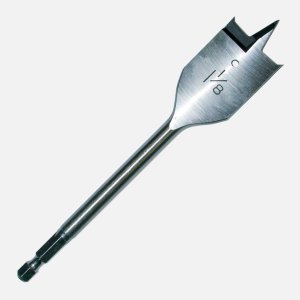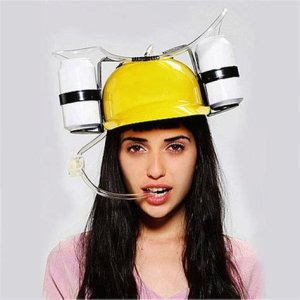sdeeg
Junior Member
- Messages
- 63
So, W can't support my desire for LP style controls in a Velocity. I am thinking of getting one anyway with no controls and then drilling them myself, but beyond just the space available, what problems will I face with drilling through the finish? I'm thinking a small pilot and then a forstner bit should do the job, but does anyone have experience doing this with advice to share?





